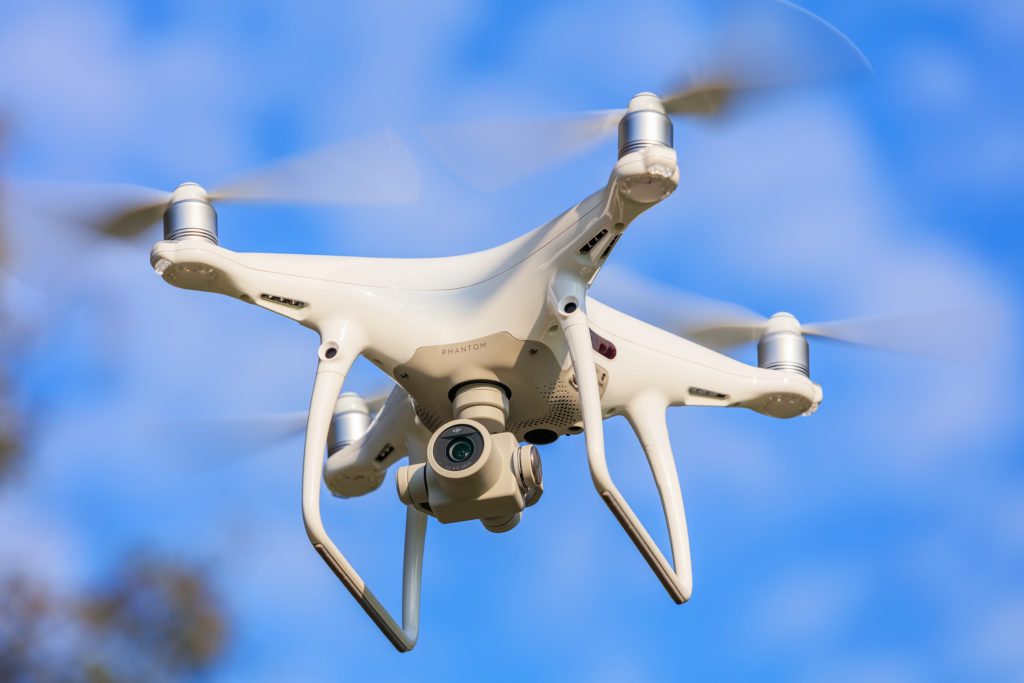How Fast Can a Drone Go? Exclusive Insights Revealed Here!
When it comes to aerial photography, understanding the speed of your tools is crucial. The question that frequently arises among professional photographers is: how fast can a drone go? This is more than just a technical query; it's vital for capturing those stunning, breathtaking shots that make your portfolio shine. Whether you're in need of high-speed tracking for fast-paced events or simply want to understand the capabilities of your drone, this article will delve deep into the nuances of drone speed. As a professional photographer, knowing the limits and capabilities of your equipment can be life-changing.
In the fast-evolving world of drone technology, knowing the answer to the question of how fast can a drone go can determine the difference between capturing the perfect moment or missing it completely. Lets explore the exciting realm of drone speeds and what it means for professional imagery.

The Speed Spectrum of Drones
Drones come in various shapes and sizes, sporting different features aimed at different applications. The speed range for consumer drones typically lies between 15 to 50 mph. However, specialized models can achieve significantly higher speeds, reaching up to 100 mph or more. This range plays a crucial role in understanding how fast can a drone go when considering your next aerial photography assignment.
For instance, racing drones are designed explicitly for speed, making them one of the fastest options available. With speeds approaching 100 mph, they are engineered for agility and quick response, ideal for capturing the dynamic action of sports or events. Learn more about the longest flight times of these high-speed contenders.
Factors Influencing Drone Speed
When it comes to the query of how fast can a drone go, several factors are at play:
- Design and Build: The aerodynamic structure impacts speed significantly. Drones built for speed have sleek designs to minimize wind resistance.
- Weight: Heavier drones require more power to achieve speed. Photographers should consider the payload, including cameras and gear.
- Power to Weight Ratio: A high power-to-weight ratio means the drone accelerates more quickly, influencing maximum speed.
- Weather Conditions: Wind and weather conditions can either hinder or enhance the speed capabilities of a drone.
Professional Use and Speed Considerations
For professional photographers, speed holds different meanings depending on the application. For instance, if youre capturing fast-moving events, like motor racing or wildlife in motion, you might prioritize speed in your drone selection. Understanding how fast can a drone go allows you to tailor your equipment choices and techniques to fit your creative vision.
In other scenarios, such as landscape photography, speed may not matter as much. Instead, you may focus on flight time and control to get the perfect shot. Check out this detailed piece on action cameras to find the best accessories that suit your photography needs.
Comparing Speeds of Various Drone Models
Lets take a closer look at some popular models in the market and their respective speeds. This can help photographers decide which drone aligns best with their photography needs:
| Drone Model | Top Speed (mph) |
|---|---|
| DJI Phantom 4 | 45 |
| DJI Mavic 2 Pro | 44 |
| UAV Racing Drones | 100+ |
This brief comparison illustrates the significant varying speeds among popular drone models. Each drone serves different purposes, and understanding their capabilities can lead to more informed decisions. Visit Pilot Institute for further insights on drone specifications.
Best Practices for Using Drones at High Speeds
When operating your drone at high speeds, remember the following practices:
- Keep Your Distance: Maintain a safe distance from people and structures. High-speed drones require more space to maneuver.
- Pre-Flight Planning: Plan your shots ahead, especially when flying at high speeds. This leads to improved capture outcomes.
- Practice Responsibly: Test your drones limits in open areas before using it in professional settings.
Legal Implications of Speeding Drones
Its essential to understand local regulations regarding drone operation. Some regions have speed limits or specific regulations that can affect your ability to capture aerial shots legally. Make sure to consult FAA rules on drone registration and use. Adhering to these guidelines ensures a safe and fun flying experience.
Frequently Asked Questions
1. What is the fastest commercial drone available?
The fastest commercial drone can reach incredible speeds, often upwards of 100 mph, especially in the racing category.
2. How does weather affect drone speed?
Wind conditions can significantly impact drone speed. Flying against strong winds will reduce speed capacity, while tailwinds may increase it.
3. Can speed impact battery life?
Yes, flying at higher speeds typically drains the battery faster than cruising at lower speeds.

Conclusion
Understanding how fast can a drone go is essential for professional photographers aiming to enhance their aerial photography. As technology progresses, the speed capabilities of these remarkable devices continue to evolve, offering new possibilities for creative expression. The key is to balance speed with other important factors like flight time and photo quality. For more tips and insights on drone usage, check out our articles on camera bags and drone certification.
As an Amazon Associate, I earn from qualifying purchases.

